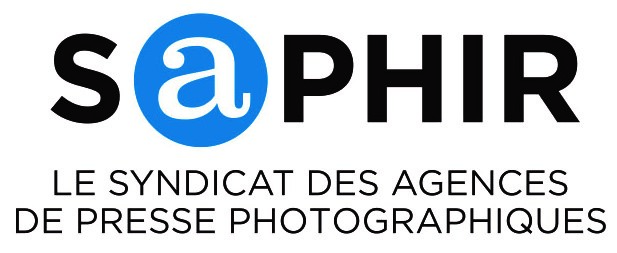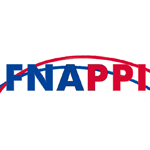The EU Directive one Year After – Where Are We Now?
There is only one year left for member States of the European Union to implement the fiercely debated EU Directive on Copyright in the Digital Single Market (hereafter the DSM Directive).
On September 10th CEPIC is organising a webinar to look at the implementation of the two most critical and controversial articles of the EU Copyright Directive: Article 15 (publishers’ right) and Article 17 (creative content distributed by online platforms). Where are we now one year after and why should creatives care?
The DSM Directive’s intention is to harmonize copyright laws online across platforms and bridge the “value gap” so that creatives benefit from the fruit of their works – not only online platforms communicating creative content to internet users.
Implementation will show what works and what works less well; what other legislators around the world should be looking at and what legislators in the EU should be fixing over the next couple of years.
From this perspective, the three main questions which need answering at this webinar are the following:
First question. The purpose of EU directives is to “harmonize” the law between member states in order to ease relationships and promote trade. The first question therefore concerns the coherence of national implementations, bearing in mind that the reception of the DSM Directive varied widely between, let’s say, France which is traditionally pro “author” and Germany, where a number of staged but impressive demonstrations took place against the draft directive.
Our speaker Eleonora Rosati will tell us more on the different implementation texts and proposals and whether the guidance proposed by the European Commission will be helpful in reducing differences. Eleonora’s focus will be on Art.17.
Second question. This relates to whether the DSM Directive has fulfilled its outspoken goal to bridge the “value gap“. This question concerns Art.15 on publishers’ rights as much as Art.17 on creative rights. At present we know that negotiations are under way on Art.15 and that CMOs are well placed to conduct future negotiations on Art.17. The type of deal that comes out of these negotiations will be key for the actual distribution of revenue. Will all players along the value chain benefit from the new welcome revenue stream or will some be excluded and why? Will only big players benefit, for example, but not micro enterprises – and there are many of these in the creative industries. Will authors benefit and how? What will be the role of CMOs?
Our speakers Mike Holderness and Isabelle Szczepanski, both journalists, will answer this question from their experience of the negotiations so far. Their focus will be on Art.15.
Third question. The last question is how technology will be used for images. As we know the image industry is far behind other creative industries – such as music and video – when it comes to the identification of works online: it is behind in the sense that it is the only creative industry lacking a unique persistent identifier. Nevertheless, technology exists and may be developed now that the Article is in place. Which technology is the best suited, and can be applied both to Art.15 and to Art.17? Where are the gaps? Can a non-technology solution be envisaged? Will all rightsholders benefit – from the big player to the small guy? What role could initiatives such as Google’s “Licensable Badge” (in its beta version here) or Adobe’s Content Authenticity Initiative (their white paper here) play in the application of the DSM Directive?
Our speaker Mathieu Desoubeaux is well positioned to answer these complex questions.
The format of the webinar will leave plenty of opportunity for participants to ask their own questions or offer comments. Questions may be sent ahead of the webinar by writing to webinar@cepic.org.
If you want to support CEPIC and our work for the image industry, please join us on 10th September. Participation at the webinar is possible at a small fee of 30 €. Sign up here ! Please also consider sponsoring the webinar. Write to us at webinar@cepic.org
(sf)








